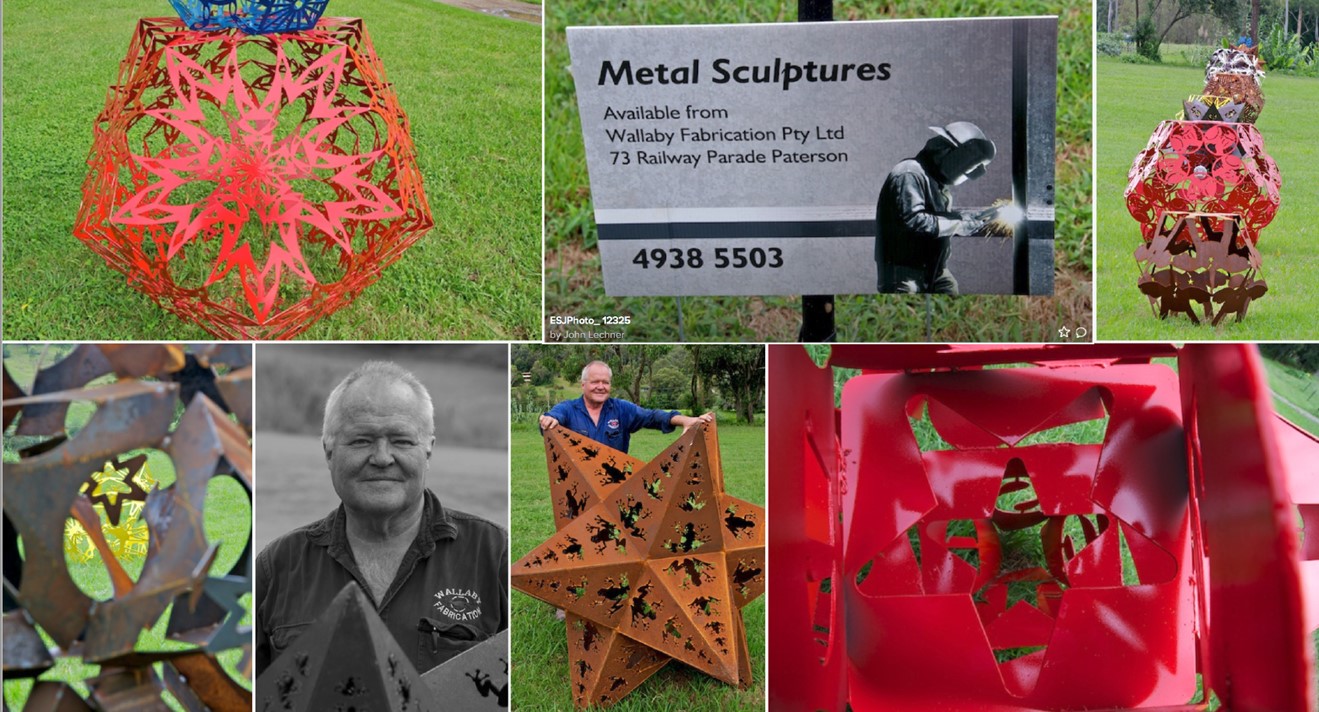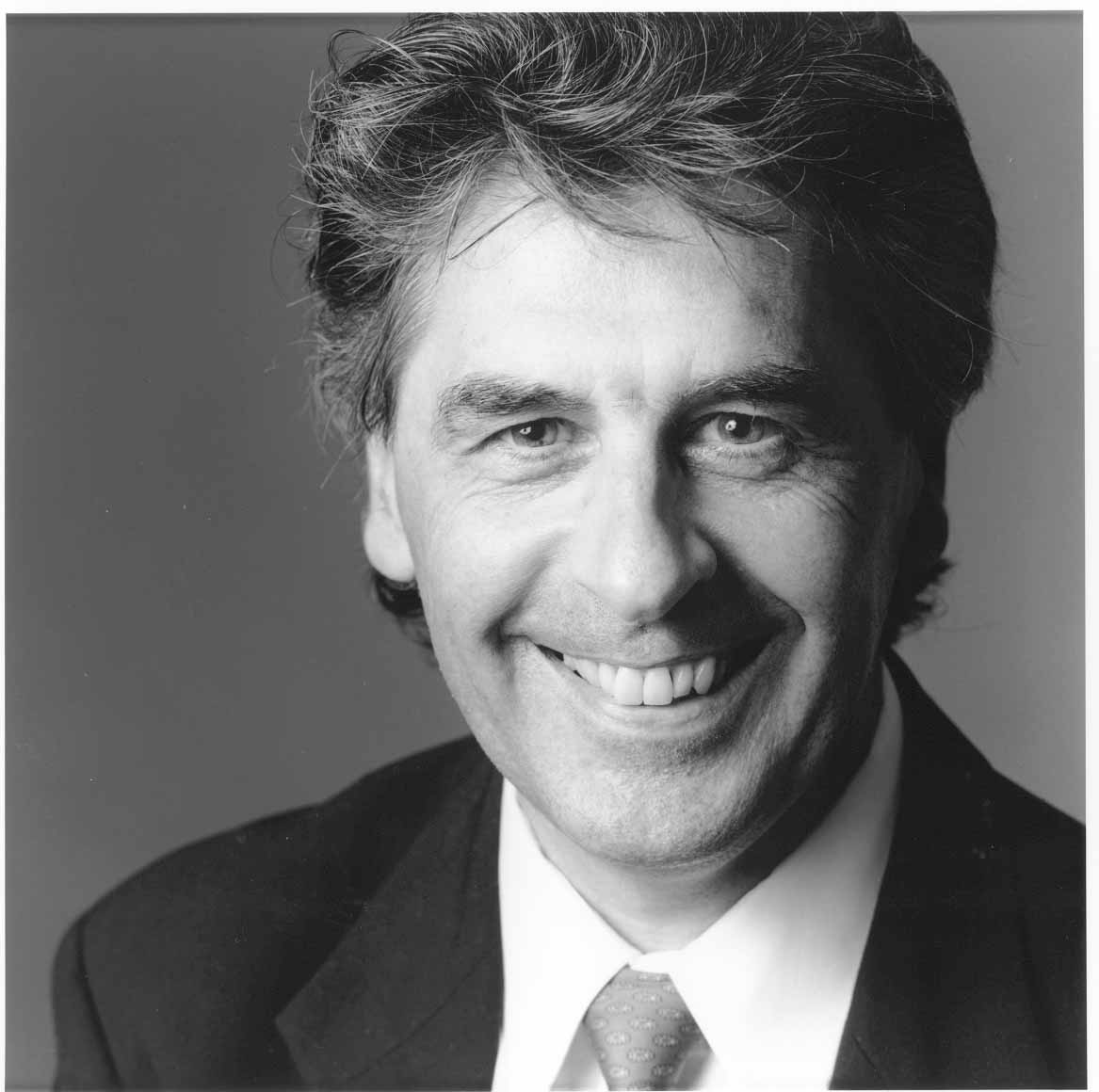Jonathan M. Borwein
Commemorative Conference
25—29 September, 2017
In conjunction with CARMA, there will be one satellite meeting and two public events held during this conference.
- Sunday, 24th September: Satellite meeting on Mathematics and Education
- Tuesday, 26th September: Public Lecture 6:30pm
- Wednesday, 27th September: An Evening of Mathematics, Music and Art 6:00pm
Details are given below.
Sunday, 24th September: Satellite meeting on Mathematics and Education
Please visit the Mathematics and Education satellite meeting webpage for details.
Tuesday, 26th September 6:30pm: Public Lecture
At the Harold Lobb Concert Hall of the Conservatorium of Music (cnr Laman and Auckland St)
A talk by Keith Devlin entitled
"Finding Fibonacci - The Quest to Rediscover the Forgotten
Mathematical Genius Who Changed the World"
In 2001, Stanford mathematician Dr Keith Devlin, also known as "The Math Guy" on NPR's Weekend Edition, set out to research the life and legacy of the thirteenth century
mathematician Leonardo of Pisa, popularly known as Fibonacci. Leonardo introduced the Hindu-Arabic numeral system and arithmetic to the Western world, and thereby helped start a
global, social and economic revolution. Devlin recounted Leonardo's story in a 2011 book titled "The Man of Numbers: Fibonacci's Arithmetic Revolution". In a simultaneously published
companion e-book, "Leonardo and Steve: The Young Genius Who Beat Apple to Market by 800 Years" he drew remarkable parallels between the careers of Leonardo and Apple's Steve Jobs.
His new book, "Finding Fibonacci" is a first-hand account of his experiences in uncovering the story, reconstructed from his project diary and notes, together with stories of three
other contemporary scholars who were also motivated to find out about the long-forgotten medieval mathematician who did so much create the world we live in.
Mathematical Genius Who Changed the World"
Biography:
Dr Keith Devlin is a mathematician at Stanford University in the USA, a Fellow of the American Association for the Advancement of Science
and a Fellow of the American Mathematical Society. He has written 33 books and over 80 published research articles. Honors include the
Pythagoras Prize, the Peano Prize and the Carl Sagan Award. He is "The Math Guy" on National Public Radio.
Wednesday, 27th September 6:00pm: An Evening of Mathematics, Music and Art
At the Harold Lobb Concert Hall of the Conservatorium of Music (cnr Laman and Auckland St)
Download the JBCC Public Events poster here.Night of Mathematics, Music and Art
Presented by David Banney
Title: Rhythm of Life: Symmetry and Symmetry-Breaking in Music
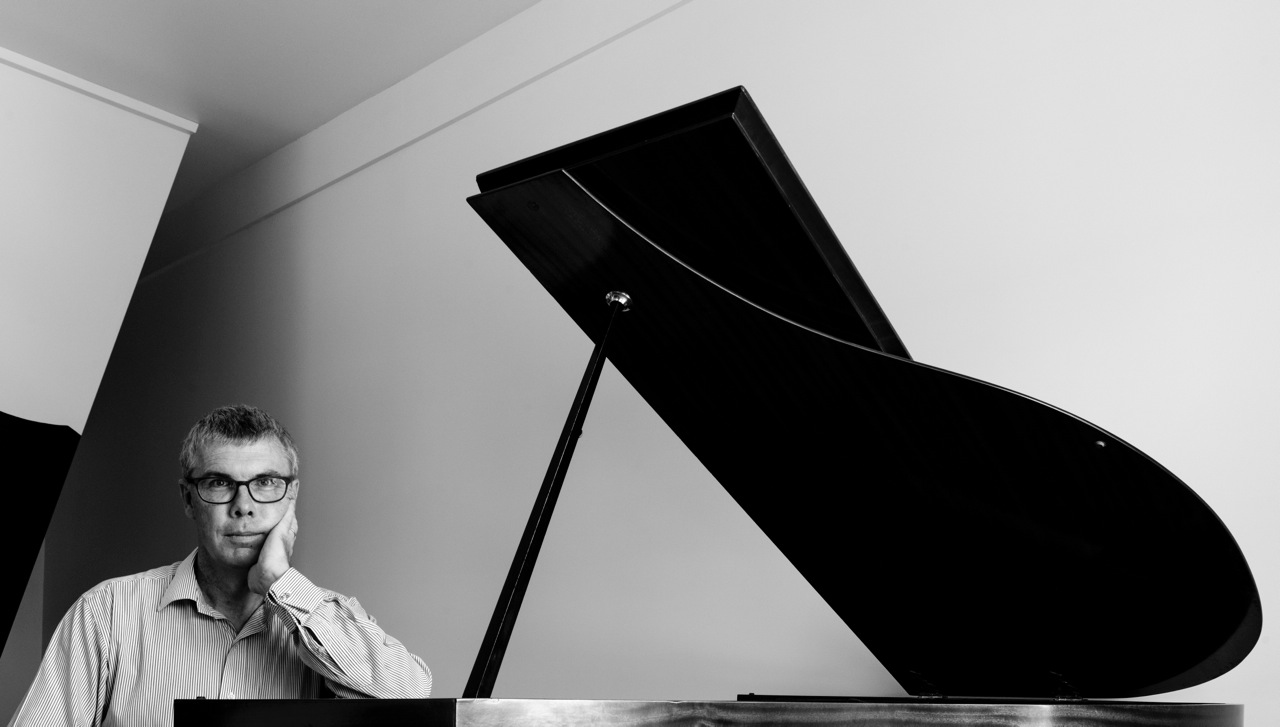
|
| Photograph by Brett Boardman (after Arnold Newman) |
Stravinsky's provocative statement embodies a tension that is at the core of human existence. On the one hand, symmetries found in the patterns of nature and art are not only sources of beauty, delight and comfort, but also essential to our survival. Symmetry is seen in the structure of crystals, the movement of the earth, the beauty of a human face, and is found at the centre of social cohesion in the image of the scales of justice. But symmetry can also produce boredom, stasis and conservation, and, perhaps counter-intuitively, symmetry is associated with uncertainty, ambiguity and even disorder. Even more fundamentally, a "perfectly symmetric" universe would be incapable of producing life as we know it – rather, the evolution of the universe is a story of the tension between symmetry and symmetry breaking. In this lecture it is shown that the same principles govern the structure and flow of great music – building on Stravinsky's assertion, to be alive is to break symmetry.
Bio: David Banney is well-known to Newcastle audiences as performer, composer and educator. His radio show, Banney's Baton Banter, a weekly chat about music and life with ABC1233's Paul Bevan, recently reached its 300th episode. David is Artistic Director of Newcastle's Christ Church Camerata and Co-Artistic Director of the Newcastle Music Festival. He has conducted many of Australia's leading orchestras and ensembles, and worked with soloists including Roger Woodward, William Barton and Amelia Faruggia. As a composer David is a past winner of the ABC Young Composer of the Year Award, and his compositions have been performed throughout Australia and broadcast on ABC Classic FM. David's research has centred on the concept of symmetry breaking in music. A plenary lecture on the subject at the International Symmetry Festival in Delft (2013) lead to his election to the Executive Board of the International Symmetry Association, and he received his PhD from the University of Newcastle in 2015.
Title: Maths – Inspiration – Architecture
Presented by Michael Ostwald

Abstract: Throughout history, architects have used mathematics for a wide range of purposes, from the symbolic to the structural, and from the predictive to the analytical. In this presentation, an overview is provided of seven important connections between architecture and mathematics from the last century. In each case the focus is on the way mathematics has inspired an architect to see the built environment in a different way. From Antoni Gaudi to Zaha Hadid, these architects have found spiritual, poetic, social and political inspiration in mathematics.
Bio: Michael J. Ostwald is Professor of Architecture at the University of Newcastle (Australia). He has a PhD in architectural history and theory and a Doctor of Science in design computing. Under the auspices of the Byera-Hadley international fellowship he completed postdoctoral research on baroque geometry at McGill and Harvard. He is Co-Editor-in-Chief of the Nexus Network Journal: Architecture and Mathematics (Springer) and he has authored more than 400 scholarly publications. His architectural designs have been awarded, published and exhibited internationally. Michael is co-editor of the two-volume work, Architecture and Mathematics from Antiquity to the Future (Birkhäuser 2015).
Title: Peace
Presented by Richard Vella
 Abstract: Prof. Vella will give a brief introduction to his two piano solos "Torn Screen Door" and "Peace". Vocal trio Eden Dennis,
Gabrielle Newland and Alexandra Cuthbert-Freese (from the Newcastle Conservatorium of Music) will perform "Torn Screen Door" and "Soft Place
to Land".
Abstract: Prof. Vella will give a brief introduction to his two piano solos "Torn Screen Door" and "Peace". Vocal trio Eden Dennis,
Gabrielle Newland and Alexandra Cuthbert-Freese (from the Newcastle Conservatorium of Music) will perform "Torn Screen Door" and "Soft Place
to Land".
Bio: Richard Vella since 2007 has been Chair and Professor of Music at the University of Newcastle. As a composer Vella's diverse output includes works for orchestra, large ensemble, choir, film, chamber music, burlesque cabaret, music theatre and popular music genres. He is director of the Research Group Collaborative Environments for Creative Arts Research (CeCAR)
Michael Assis
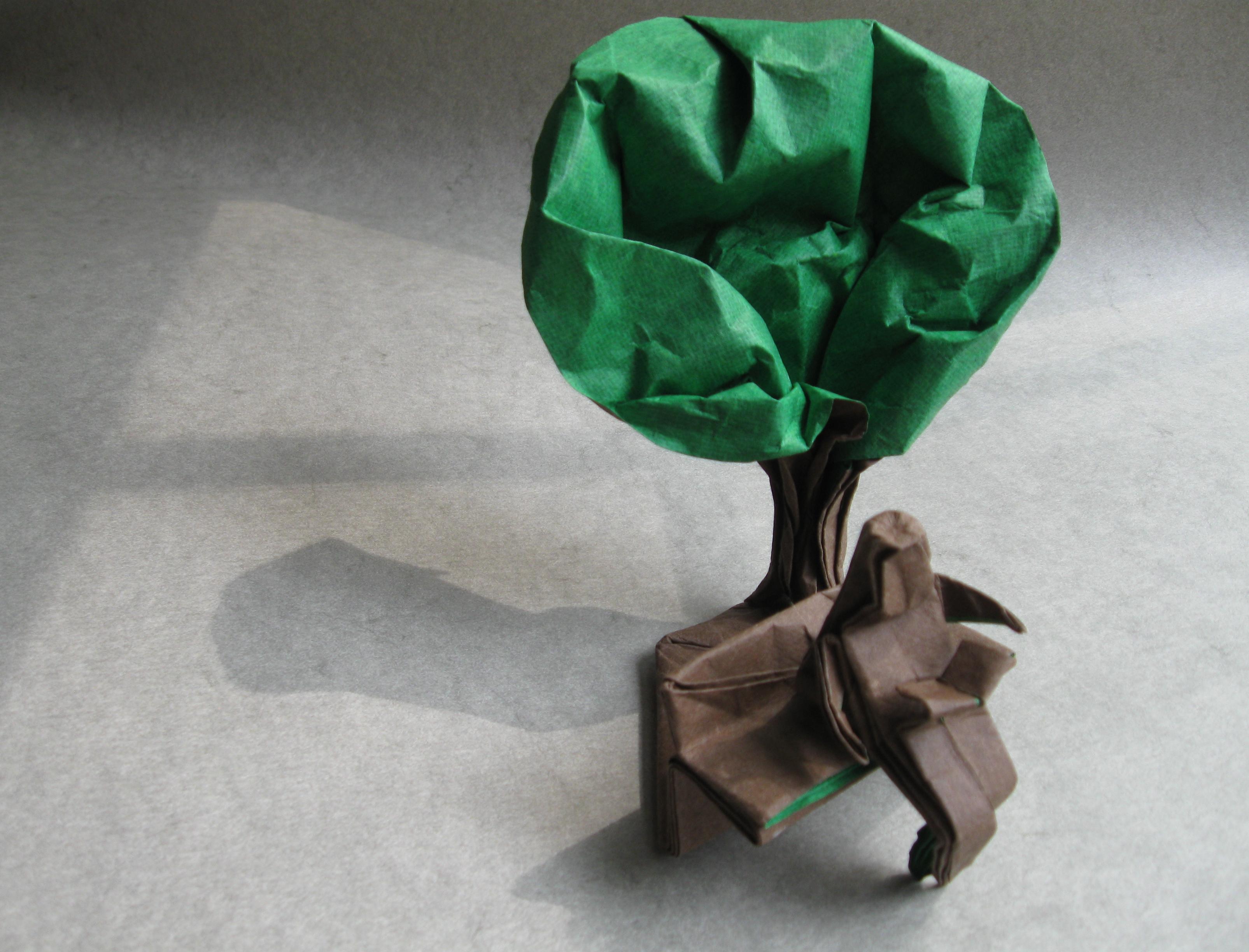 Bio: Michael Assis is a mathematical physicist who received his PhD from
Stony Brook University in 2014 in the area of exactly solvable models
in statistical mechanics. That same year he moved to the University of
Melbourne for a postdoctorate research fellowship, and currently he is
pursuing a research fellowship at the University of Newcastle. Due to
his passion for origami as an origami artist, he has recently explored
in his research the mathematics of origami from the perspective of
statistical mechanics.
Bio: Michael Assis is a mathematical physicist who received his PhD from
Stony Brook University in 2014 in the area of exactly solvable models
in statistical mechanics. That same year he moved to the University of
Melbourne for a postdoctorate research fellowship, and currently he is
pursuing a research fellowship at the University of Newcastle. Due to
his passion for origami as an origami artist, he has recently explored
in his research the mathematics of origami from the perspective of
statistical mechanics.
Abstract: The connections between origami and mathematics are many and varied, from circle packing to differential geometry as well as knot theory. In this talk we'll explore these interesting connections and more, demonstrating the beauty of origami through mathematics.
Title: Artists in Residence
Presented by Keith Nesbitt
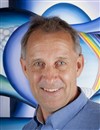 Bio: Dr Keith Nesbitt is a Senior Lecturer in the School of Electrical Engineering and Computing at the University of Newcastle, Australia. His main areas of scientific research include Human Interface Design and Information Visualisation with a particular focus on Perception and Cognition related to Computer Games and Virtual Reality. Keith has been painting for over 40 years and has had 10 exhibits of his work. His art is conceptual in nature, exploring the abstract landscape of his own thoughts. He is interesting in how the mind works, the way we use imagination to model reality and how we create ideas.
Keith also collaborates regularly with musicians and has written lyrics for five albums and a musical.
Bio: Dr Keith Nesbitt is a Senior Lecturer in the School of Electrical Engineering and Computing at the University of Newcastle, Australia. His main areas of scientific research include Human Interface Design and Information Visualisation with a particular focus on Perception and Cognition related to Computer Games and Virtual Reality. Keith has been painting for over 40 years and has had 10 exhibits of his work. His art is conceptual in nature, exploring the abstract landscape of his own thoughts. He is interesting in how the mind works, the way we use imagination to model reality and how we create ideas.
Keith also collaborates regularly with musicians and has written lyrics for five albums and a musical.
He completed his Bachelor's degree in Mathematics at Newcastle University in 1988 and his Masters in Computing in 1993. His PhD was awarded from Sydney University in 2003 and examined the design of multi-sensory displays (Visual, Auditory, Haptic) with a focus on stock market data. He has co-authored five book chapters, 20 peer reviewed journal articles; 59 peer reviewed conference papers and 18 technical reports, He is currently a co-director of the i3Lab. You can find more about his science and art at www.knesbitt.com
Jayne Kenyon
 Jayne Kenyon is an artist and illustrator with a particular interest in the illustration of thylacines. She is interested in mathematical rhythm in art and the emotional enhancement of images through the use of a huge variety of mathematical tools, both in the physical application and the design concepts.
Jayne Kenyon is an artist and illustrator with a particular interest in the illustration of thylacines. She is interested in mathematical rhythm in art and the emotional enhancement of images through the use of a huge variety of mathematical tools, both in the physical application and the design concepts.
Jayne holds a Bachelor of Arts and Visual Arts from the University of Newcastle as well as a Bachelor of Design and Visual Communications with Honours in Natural History.
Bill Cummins
